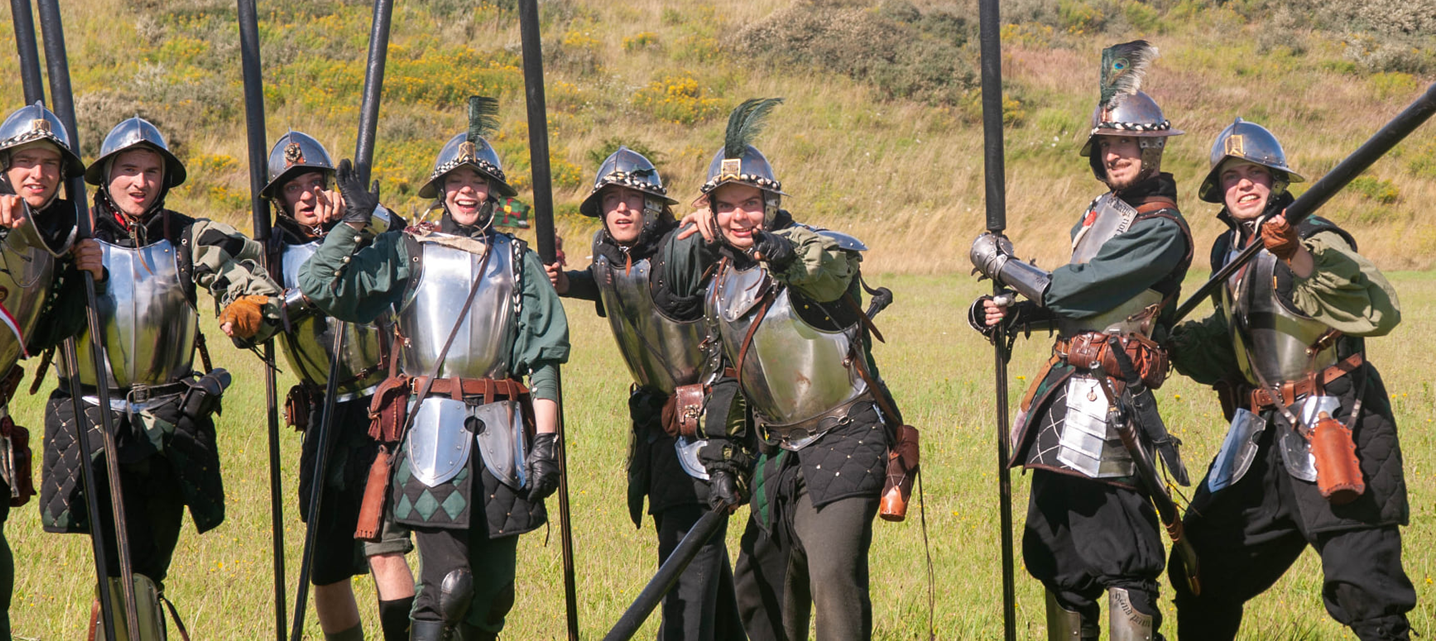Category: Techniques
-

Emotionally Pacing for Larps – How To Get the Best Rollercoaster Ride
“Pace yourself and pace your design. Intense emotional experiences become more available to you and more sustainable if you have variety to the intensity of your play, both as a designer and as an individual player.”
-
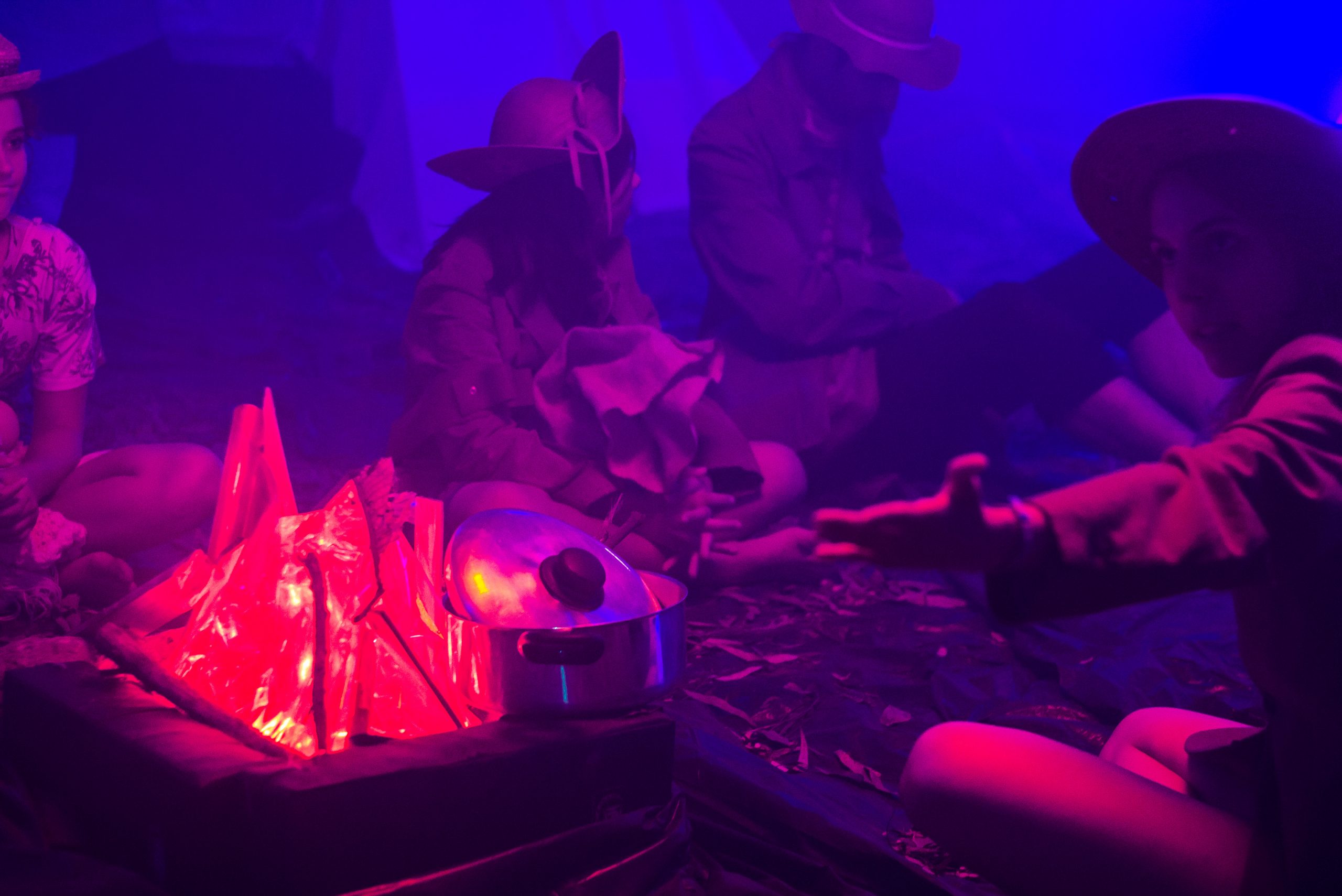
Chronicle: “Daddy, tell me a story?”
“I went to the place where the larp would take place. And now I had a new story in my head, one that carried a lot of meaning. I had reconnected with my father. And on top of that, I had received a very valuable gift, one of those that cannot be bought.”
-
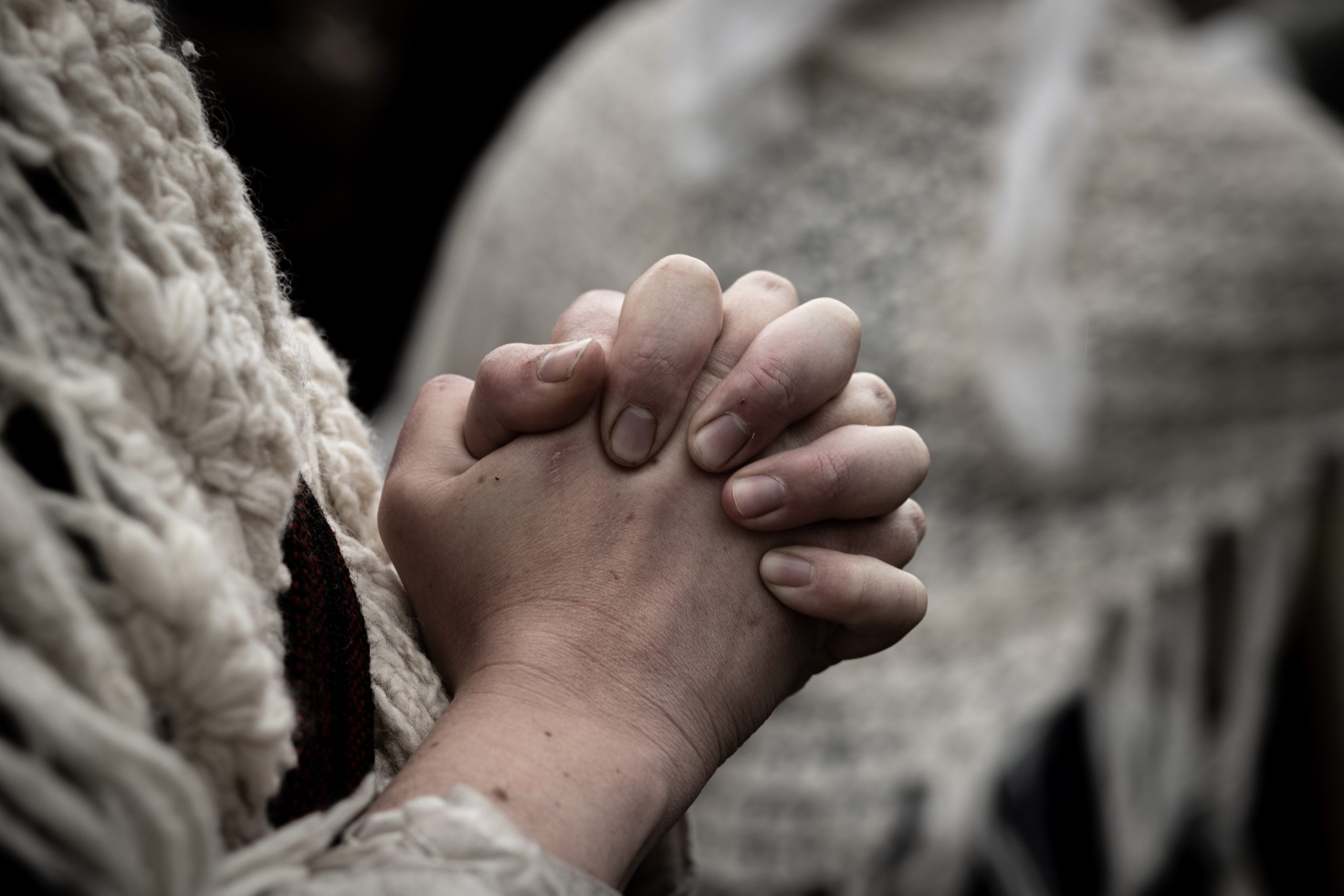
Christianity is an Immersion Closet
“Never, before the recent re-run of the larp Snapphaneland, had I had religious play as deeply immersive and moving.”
-
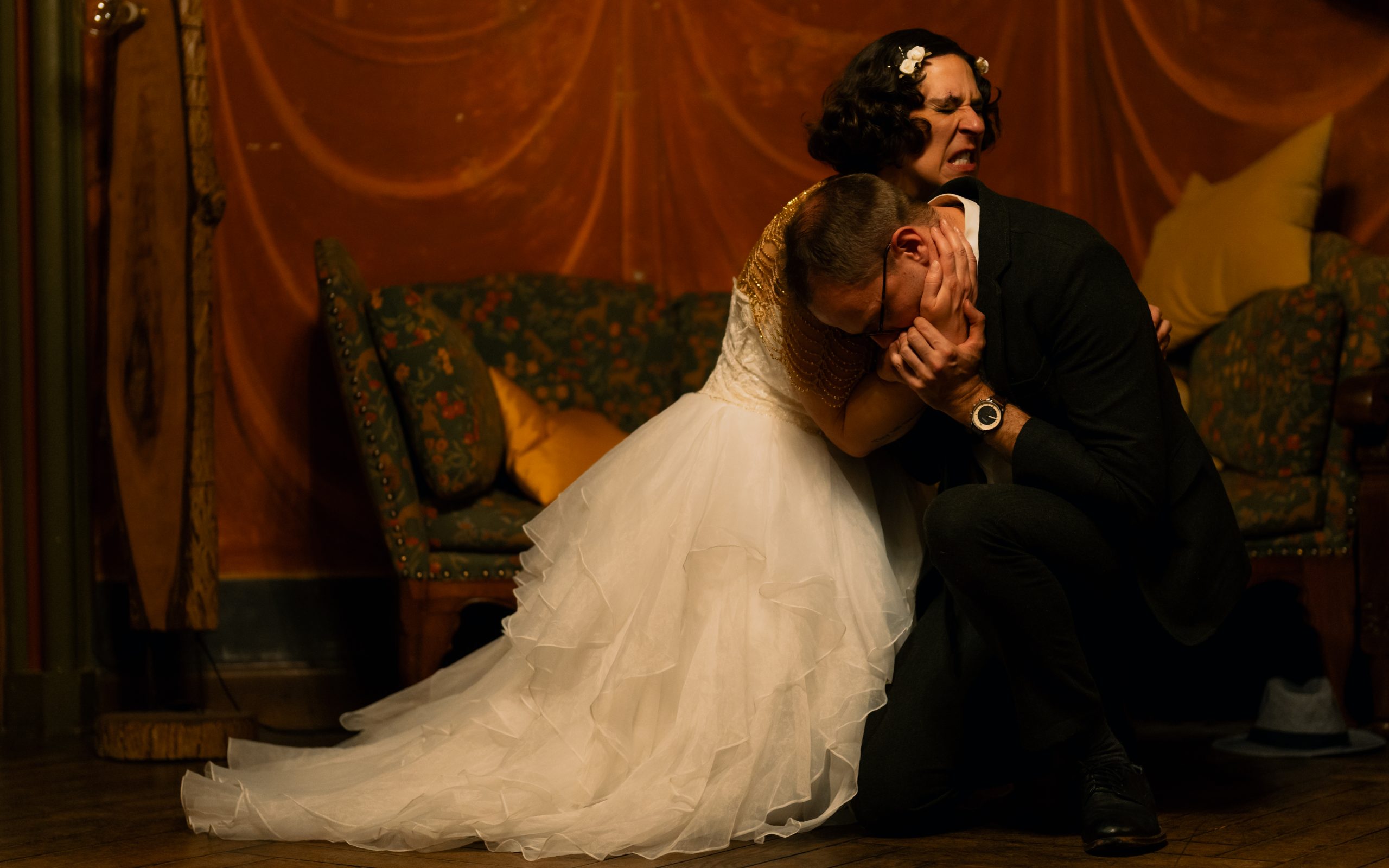
River Rafting Design
in
River Rafting design can help create a more engaging and dynamic player experience from the very beginning of a larp, with a higher chance of many moments of emotional impact, instead of very few towards the end.
-

Learning from Bleed
How you can learn from bleed yourself, and how you design a larp in such a way that your participants can learn from their bleed, if they want to.
-
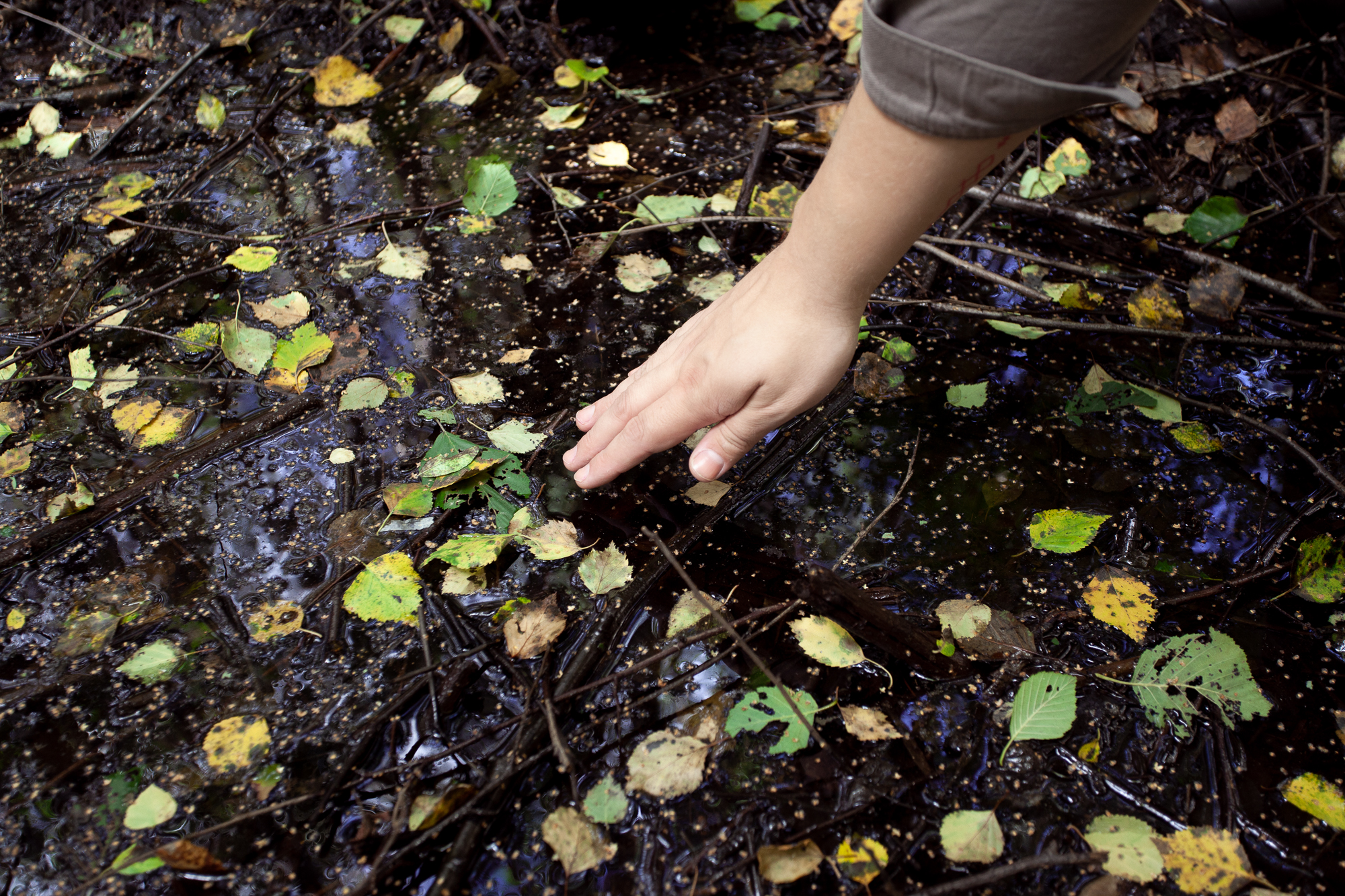
Larp As Embodied Art
This article describes our artistic practice and design principles focusing on the bodily experience.
-
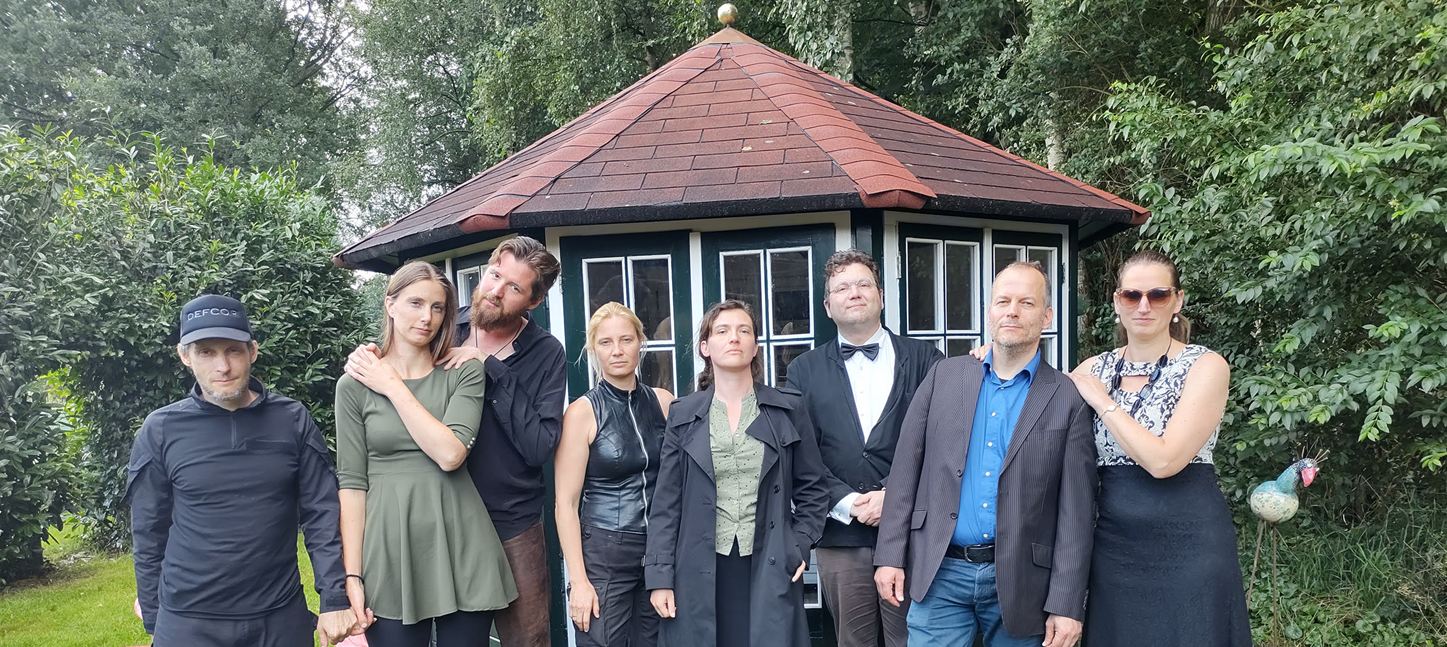
Improv Larp: How to Organize a Larp with the Least Amount of Effort
in
A collaboratively built experience co-created by all the participants together designed and played within the same weekend.
-
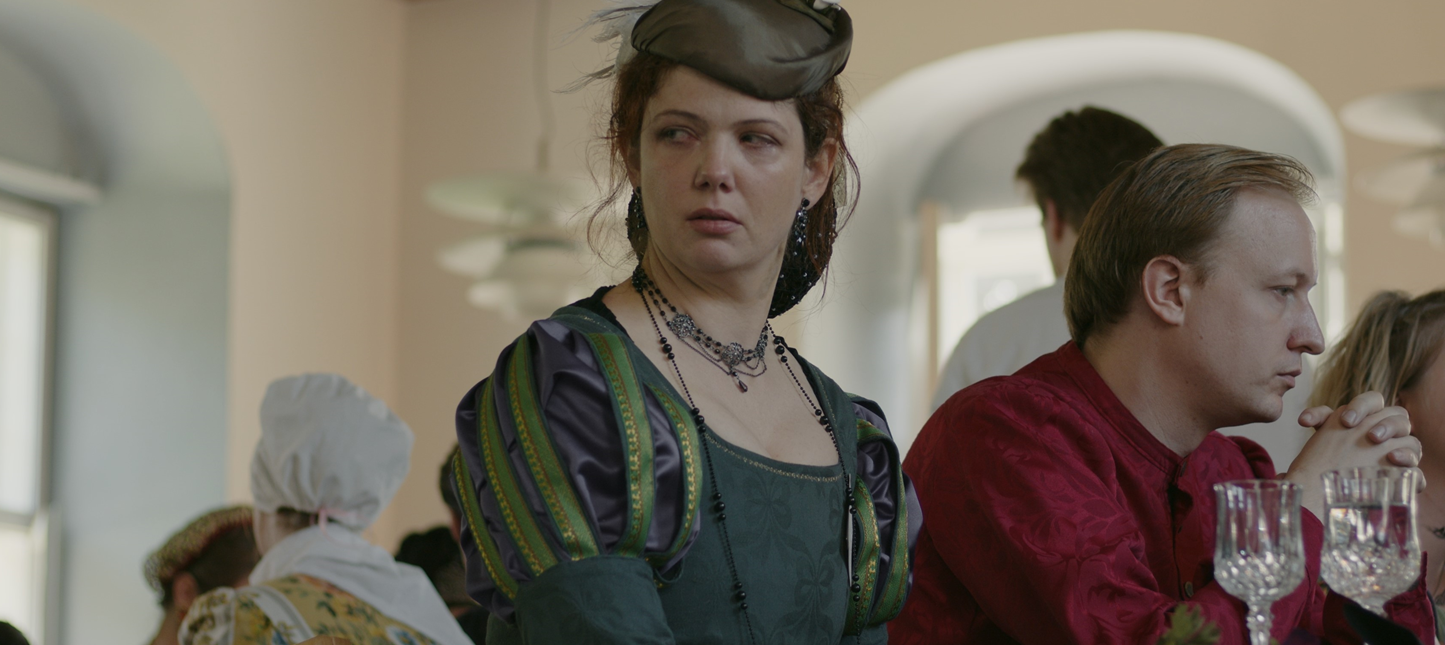
Dinner Warfare
in
Creating subtle but strong emotional pressure based on specific relations when designing eating situations in larps.
